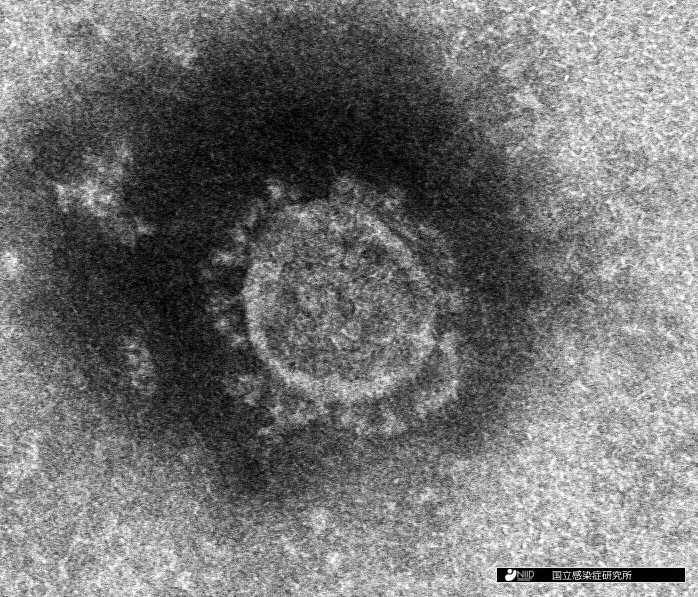Jpn. J. Infect. Dis., 65 (2), 157-161, 2012
To see a printable version of the article in the Adobe file format, click this [PDF] link.
Chandika D. Gamage1, Jagath Amarasekera2, Paba Palihawadana2*, Sudath Samaraweera2, Devika Mendis2, Navaratnasingam Janakan2, Romeo B. Lee3, Yoshihide Obayashi1, and Hiko Tamashiro1
1Department of Global Health & Epidemiology, Hokkaido University Graduate School of Medicine, Sapporo 060-8638; 2Epidemiology Unit, Ministry of Health, Colombo, Sri Lanka; and 3Behavioral Sciences Department, De La Salle University, Manila, Philippines
(Received July 11, 2011. Accepted January 24, 2012)
*Corresponding author: Mailing address: Epidemiology Unit, Ministry of Health, Colombo, Sri Lanka. Tel: +94-11-2695112, Fax: +94-11-2696583, E-mail: This email address is being protected from spambots. You need JavaScript enabled to view it.
SUMMARY: In Sri Lanka, leptospirosis is a notifiable disease. In addition to having a routine disease reporting system, Sri Lanka has implemented a hospital-based sentinel surveillance system since 2004. This report discusses the findings of a descriptive analysis of the sentinel surveillance data collected from 2005 to 2008. Of the 4,000 suspected leptospirosis cases, 46.9% and 26.8% were recorded from the Western and Sabaragamuwa provinces, respectively. Most of the individuals were male (83.5%), and approximately 45.6% were aged 30–49 years. Farmers accounted for 16.5%, and laborers for 16.1%; however, the occupation of nearly half (44.8%) of the study population was unknown. More than half (53.9%) of the individuals worked in paddy fields. Almost all had acute fever (98.8%), myalgia (92.9%), and headache (92.7%), but fewer had other related symptoms. Out of the 4,000 individuals, 2,496 (62.4%) underwent a laboratory test; however, the laboratory test results of only 1,445 (57.9%) and the microscopic agglutination results of 41 (2.8%) were available at the sentinel sites. Less than 2% of the reported individuals underwent prophylactic treatment. These findings will help enhance the ongoing efforts for controlling and preventing leptospirosis in Sri Lanka. Sentinel surveillance is a useful tool, but the data quality needs to be improved by supplementing the findings with adequate laboratory diagnosis data.
